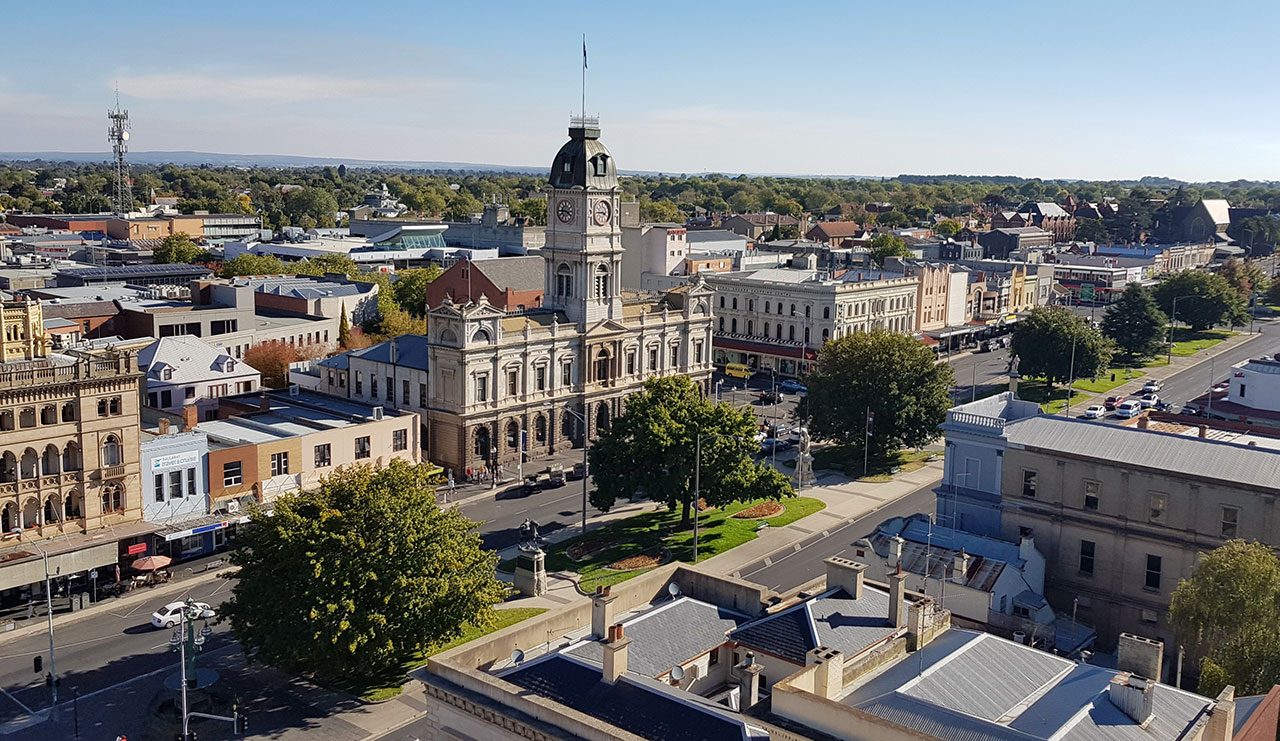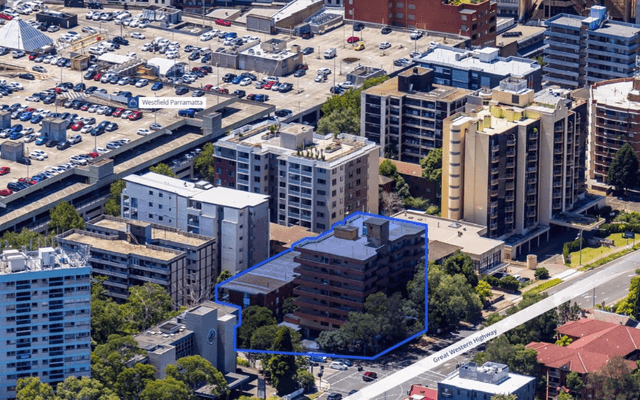This article is from the Australian Property Journal archive
HOUSE prices across the country have fallen at their fastest rate on record, but the regional areas continue to buck the trend – with a whopping 92% of regional local government areas seeing a price rise in the past quarter.
Regional South Australia recorded a 5.4% uplift in house prices over the December quarter, according to Domain, while 1.7% rises were seen across regional Victoria and Western Australia. Regional NSW was up 1% and regional Queensland steady.
“Many regional house prices are still outperforming their city counterparts even though the pandemic-induced boom is over,” said Domain chief of research and economics, Nicola Powell.
“The ability to work from home has allowed metro workers to continue to seek regional housing, changing the demographic and outlook of house prices in these areas.”
“While the price looks different to a local, someone from the city will be drawn to the area because the median price is considerably lower.”
Some regional areas that boomed earlier in the pandemic are expectedly leading the regional downturn, such as popular holiday spots such as Byron Shire and Kiama.
House prices in Melbourne have fallen 5.6% from their COVID peak, whereas regional Victoria prices have fallen just 1.7% from their March 2022 peak. In Sydney, house prices have fallen 11.3% from the peak, whereas in regional NSW it’s just 1.4%.
Powell said The regional housing boom is starting to lose steam after interest rate rises but it’s still a great time for homeowners looking to sell.
“Most regional markets have hit their peak and will experience a slowdown in the annual change. But many of these regions are unlikely to head back to pre-COVID prices given that the areas are still more affordable than houses in the capitals. Regional housing markets peaked later and while we’ll likely see prices pull back, we’ll probably see a softer landing in regional areas than in the cities.”
Booming house prices in Sydney have prompted people who are able to work from home to relocate within their own states. In regional NSW, Glen Innes Severn Shire, a seven-hour drive from Sydney, led the way, jumping 30.8% from a year earlier to a median of $340,000. That was followed by neighbouring Armidale Regional Council, which jumped 29.6% to $520,000, and the Upper Hunter, which jumped 22% to $455,000.
In Victoria, the Hindmarsh, Murrindindi and Gannawarra council areas had the fastest rates of growth over the past 12 months, up 31.2%, 30% and 24% respectively. Murrindindi, which which includes Alexandra, Yea and Kinglake, being just over an hour from the CBD, saw increased popularity having benefited from the COVID-induced and offered a more affordable option for commuters who only travelled to the city a couple of times a week.
Somerset, South Burnett and Southern Downs has the fastest rates of growth in Queensland. Somerset has almost doubled in growth in the past five years and is only a 60 minute drive from Brisbane, offering tree-changers a country escape with a relatively short commute, Powell said.
South Australia’s Naracoorte Lucindale, at 38.3%, and Yankalilla, at 32.2%, led nation for annual growth. Naracoorte Lucindale is on the edge of the Limestone Coast, which attracts adventure activities and nature lovers. Port Pirie, Loxton Walkerie and Adelaide Plains also saw very strong growth.
The Shire of Toodyay, on the north eastern edge of the Perth’s metropolitan area, led Western Australia’s annual growth with 22.0% and continues to attract people seeking an alternative semi-rural lifestyle.




